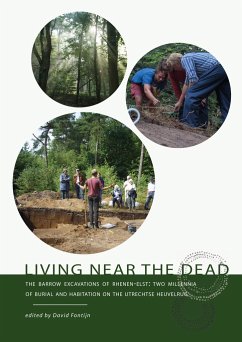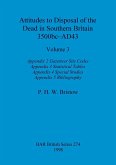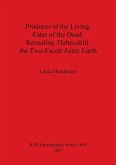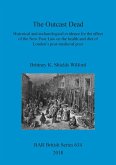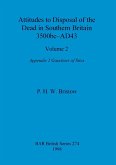The hills overlooking the north flank of the Rhine valley in the Netherlands are dotted with hundreds of prehistoric burial mounds. Only a few of them were ever investigated by archaeologists, and even nowadays the many barrows preserved in the extensive forests of the Utrechtse Heuvelrug are the oldest visible witnesses of a remote, but largely unknown prehistoric past. In 2006, a team of archaeologists of the Ancestral Mounds project of Leiden University set out to investigate these age-old monuments. Parts of two neighbouring mounds at Elst, in the municipality of Rhenen, were excavated, and numerous finds collected by amateur archaeologists were retrieved and studied. As a result, the research team was able to reconstruct the formation and histories of this barrow landscape from 2000 BC onwards. Contrary to what was initially thought, the Elst barrows appeared not to have been situated within a separate ceremonial landscape, but were rather closely linked with the world of daily living. Throughout the Bronze Age and Iron Age, people had been 'living near the dead'. The finds discussed in this book include a rare example of an Early Bronze Age burial mound, examples of pottery deposition, remains of a Middle Bronze Age 'Hilversum-Period' settlement and many indications for mundane and ritual uses of the barrows in the later Iron Age.
